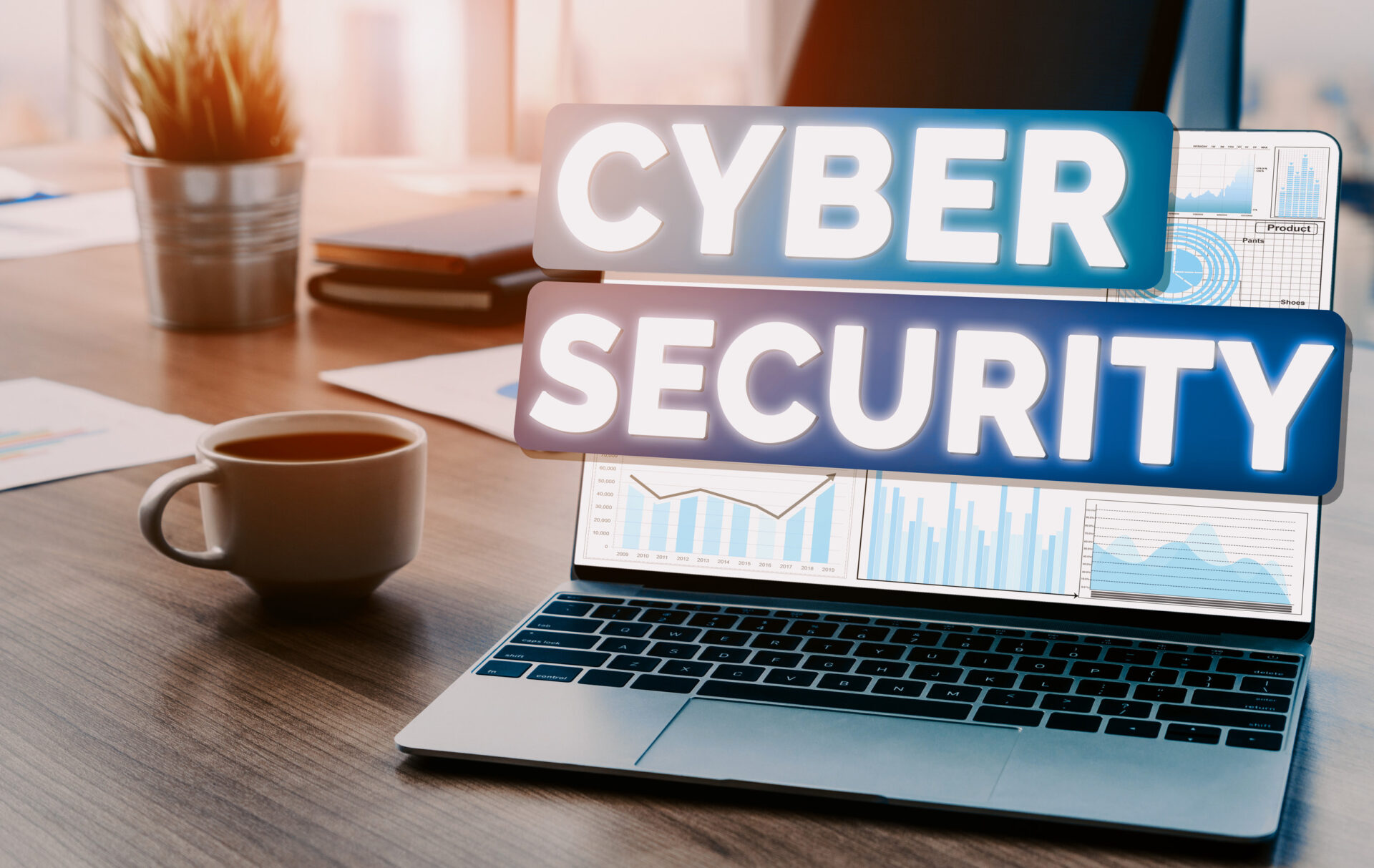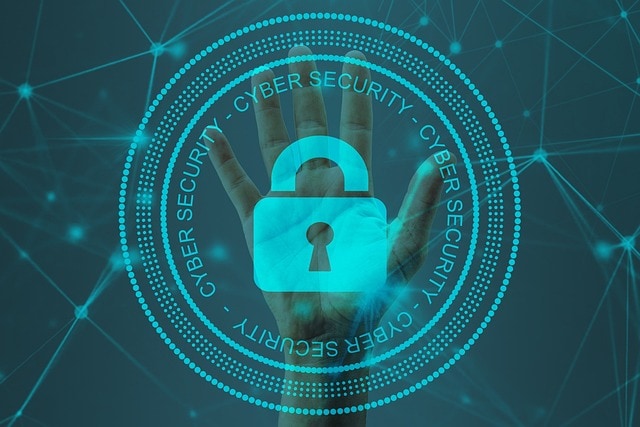- Hybrid workforces create cybersecurity risks like unsecured networks and inconsistent device use.
- Tools like VPNs and MFA, along with strategies like training and access control, help reduce threats.
- Clear policies and regular updates are key to staying secure in a hybrid work environment.
Hybrid workforces have become a defining feature of today’s professional landscape, bringing together the flexibility of remote work with the structure of traditional office environments. While this model promotes productivity and work-life balance, it also opens up a complex web of cybersecurity challenges. Organizations must adopt comprehensive tools and thoughtful strategies to protect sensitive data, safeguard employee endpoints, and maintain business continuity across dispersed work settings.
Must-Have Tools for Securing Hybrid Workforces
Choosing the right tools is critical to building a secure hybrid workforce. These technologies not only mitigate immediate risks but also support scalable growth by creating a resilient digital infrastructure.
VPNs and Secure Remote Access Solutions
Virtual Private Networks (VPNs) establish encrypted tunnels between remote workers and their company networks. This ensures that data transmitted over public or home Wi-Fi remains protected from eavesdropping or interception.
A robust VPN solution also allows businesses to control access to internal systems, keeping sensitive information behind a secure gateway. For hybrid teams, secure access solutions offer flexibility without compromising corporate network integrity.
Endpoint Detection and Response (EDR)
Endpoint Detection and Response tools monitor activity on endpoints such as laptops, tablets, and mobile phones. These systems detect anomalies, flag suspicious behavior, and initiate automated responses to contain threats.
Since hybrid workers often connect from different locations and devices, EDR provides essential visibility and control over distributed assets. Real-time analytics and centralized dashboards empower IT teams to act swiftly in the face of emerging threats.
Multi-Factor Authentication (MFA)
Multi-Factor Authentication adds a critical layer of security by requiring users to verify their identities using two or more methods. Beyond passwords, users may be asked to provide biometric data, security tokens, or mobile app approvals.
MFA significantly reduces the risk of unauthorized access to sensitive systems, especially in environments where employees are logging in from unsecured networks or personal devices. It’s an easy-to-implement solution with high impact.
Cloud Access Security Broker (CASB)
A Cloud Access Security Broker acts as a gatekeeper between cloud service users and the applications they access. CASBs provide visibility into cloud usage, enforce data loss prevention policies, and monitor user activity for signs of misuse.
As hybrid teams increasingly rely on SaaS platforms for communication and collaboration, CASBs ensure that sensitive data remains secure even outside the traditional firewall. They help standardize security protocols across diverse cloud environments.
Strategic Practices for Strengthening Cybersecurity
Beyond deploying tools, organizations need clear and proactive strategies to ensure cybersecurity policies are consistently applied across both remote and in-office teams. These practices foster a culture of accountability and resilience.
Security Awareness and Training Programs
One of the most effective ways to strengthen cybersecurity is by equipping employees with the knowledge to recognize and avoid threats. Security awareness training should be an ongoing initiative that covers topics such as phishing detection, secure file sharing, and password hygiene.
With the hybrid model blurring the line between personal and professional computing, education plays a vital role in preventing human errors that can lead to breaches. Employees who understand the consequences of unsafe behavior are more likely to adopt secure practices consistently.
Regular Software Updates and Patch Management
Outdated software is a common entry point for cybercriminals. To reduce vulnerabilities, companies must enforce a consistent patch management strategy that includes regular updates across all devices, regardless of location. Automating updates wherever possible ensures that remote employees are not overlooked.
Centralized endpoint management solutions can track software versions, detect missing patches, and ensure compliance with IT standards. Keeping systems current is a foundational aspect of cyberhygiene.
Role-Based Access Control (RBAC)
Role-Based Access Control is a strategy that grants employees access to only the information and tools necessary for their job functions. This principle of least privilege limits exposure in case of compromised credentials and simplifies security monitoring.
In a hybrid setting, where teams operate in varying contexts, RBAC ensures that employees aren’t granted broad access by default. It reduces the risk of accidental data exposure and strengthens internal accountability.
Incident Response Planning and Testing
Having a well-documented incident response plan allows companies to react quickly and effectively in the event of a cybersecurity incident. This plan should outline specific roles, responsibilities, and communication protocols.
Regularly testing the response plan through drills or tabletop exercises can identify weaknesses and improve overall preparedness. In a hybrid work environment, where rapid coordination is essential, such preparation ensures continuity and minimizes damage.
Evaluating and Updating Your Security Posture
Cybersecurity is not a one-time setup—it’s an ongoing process. As threats evolve and technology changes, your organization’s defenses must adapt. Evaluating and updating your security posture ensures your policies, tools, and practices stay relevant and effective. Here’s how to approach it strategically:
Conduct Regular Risk Assessments
Risk assessments help identify vulnerabilities in your current systems, workflows, and employee practices. These assessments should be conducted periodically and after any major organizational changes, such as new software adoption or changes to your hybrid work model.
Evaluate both technical and human-related risks, such as unsecured endpoints, outdated software, and a lack of employee awareness. Prioritize issues based on their likelihood and potential impact. The findings can guide budget allocation, training needs, and tool upgrades.
Use External Audits and Penetration Testing
Third-party evaluations offer an unbiased view of your cybersecurity readiness. External auditors and ethical hackers can test your systems through simulated attacks (penetration tests) to uncover weaknesses that internal teams may overlook.
These assessments validate the effectiveness of your current defenses and provide actionable recommendations for improvement. They’re especially important for meeting industry-specific compliance requirements, such as HIPAA, PCI DSS, or GDPR.
Gather Feedback and Adjust Based on Real-World Use
Security strategies should be practical and user-friendly. Regularly collect feedback from employees about their experiences with tools and protocols, especially from those working remotely. If security tools are causing friction, they may lead to workarounds that compromise safety.
Combine this feedback with threat intelligence and security logs to inform future updates. Continuously refine your policies, training, and tech stack to keep pace with both user behavior and emerging threats. A responsive, iterative approach ensures your security remains strong and adaptable.
Modern work environments demand modern security. At CMIT Solutions of Northern Shenandoah Valley, we help businesses navigate the complex cybersecurity challenges of hybrid workforces. Whether you’re starting from scratch or optimizing your existing approach, we offer customized solutions tailored to your needs. Contact us today to secure your systems and empower your hybrid team with confidence.





